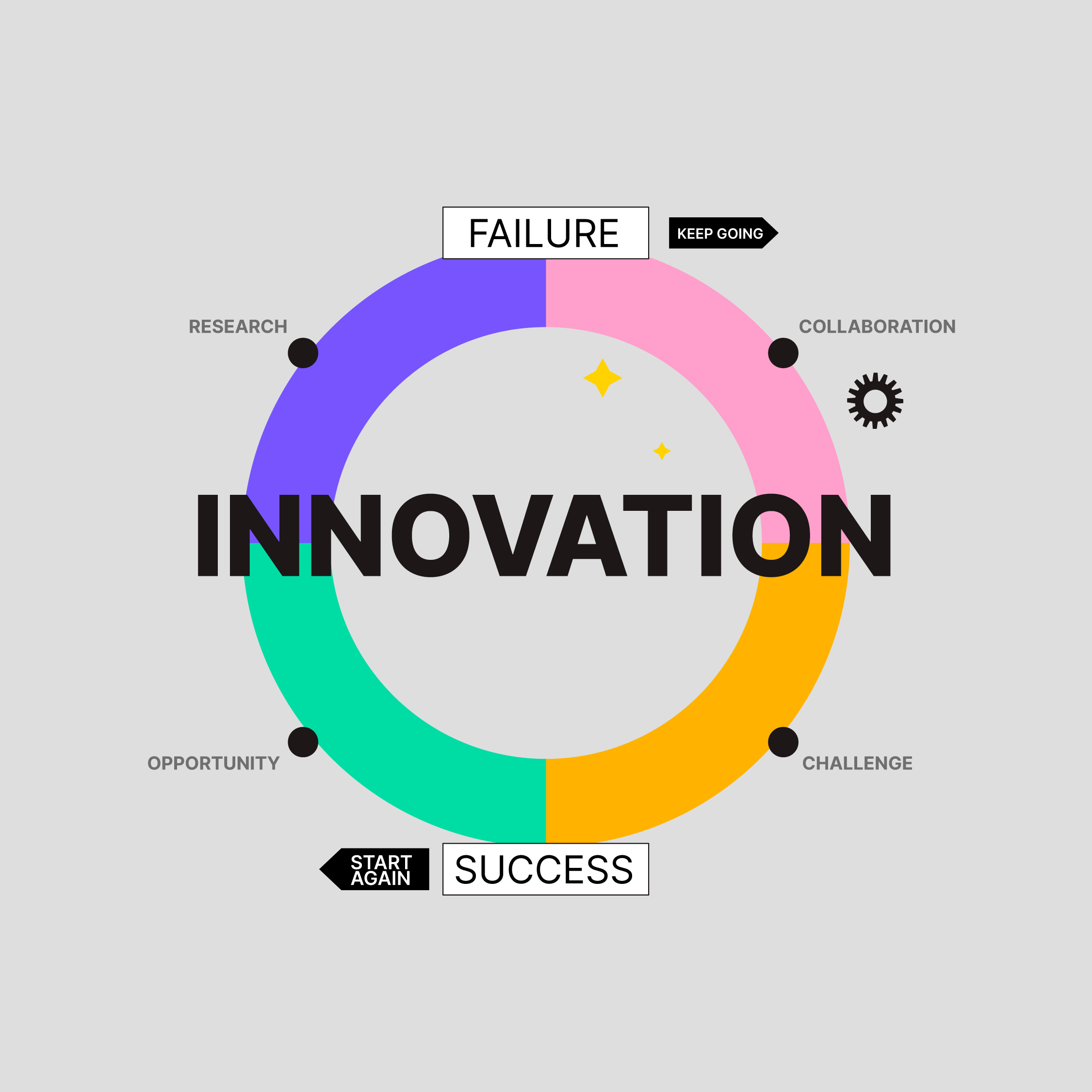
What sparks an innovative idea? It could be a problem we encounter, a challenge we perceive, or a vision of a better future. This lesson will delve into how these sparks ignite the innovation process and why understanding them is crucial.
Core Content
Innovation starts with recognizing a problem or opportunity. This could stem from personal experience, market trends, or emerging technologies. A personal experience might reveal a gap or inefficiency in everyday life, prompting a desire for a better solution. For example, consider the story of Travis Kalanick and Garrett Camp, who founded Uber after struggling to get a cab one night in Paris. Their personal experience highlighted a gap in the transportation market, leading to the creation of a ride-sharing service that revolutionized urban mobility. Observing market trends can uncover shifts in consumer behavior or emerging needs that are not yet addressed. For instance, the rise of remote work has created a demand for new technologies and home office solutions. Meanwhile, advancements in technology often open new avenues for creative solutions that were previously unimaginable, such as the development of AI-driven applications transforming various industries.
As Thomas Edison famously said, "Genius is one percent inspiration and ninety-nine percent perspiration." This quote underscores the reality that while a brilliant idea is essential, it is only the starting point. The bulk of the innovation process involves diligent effort, testing, refining, and iterating to turn that initial spark into a viable solution. Edison himself exemplified this through his relentless experimentation and improvement, eventually leading to the creation of the practical electric light bulb. His journey was not without setbacks; he famously made thousands of unsuccessful attempts before achieving success. This perseverance is a testament to the hard work and dedication required in the innovation process.
The journey from idea to innovation is fraught with challenges. It requires not only creativity but also resilience and a systematic approach to problem-solving. Entrepreneurs and innovators must be willing to embrace failure as a learning opportunity, continuously seeking feedback and making necessary adjustments. For example, James Dyson created 5,127 prototypes before finally developing a successful vacuum cleaner. This iterative process ensures that the final product or service is robust, user-friendly, and truly addresses the identified need or problem. Each failure and feedback cycle brings new insights and refinements, leading to a better end product.
Furthermore, effective innovation often involves collaboration. Engaging with a diverse team brings multiple perspectives and expertise to the table, enriching the problem-solving process. Collaboration fosters creativity, as team members can build on each other’s ideas, challenge assumptions, and uncover insights that might be missed when working in isolation. For example, the success of the Pixar animation studio is attributed to its collaborative culture, where cross-functional teams work together to develop compelling stories and innovative animation techniques. This collective effort amplifies the potential for groundbreaking solutions and accelerates the innovation process.
Lastly, thorough research is the bedrock of successful innovation. Before diving into development, it is crucial to deeply understand the problem, the stakeholders involved, and the broader context. This involves gathering data, conducting interviews, and analyzing existing solutions to identify gaps and opportunities. By laying this solid groundwork, innovators can ensure that their efforts are targeted and effective, increasing the likelihood of creating a meaningful impact. Consider the development of the smartphone: thorough research into user needs and technological capabilities led to the creation of a device that combined communication, computing, and multimedia functions, revolutionizing the way people interact with technology.
Understanding the broader context also means staying informed about industry trends and technological advancements. This ongoing research helps innovators anticipate future needs and stay ahead of the competition. For instance, Tesla's continuous research into battery technology and sustainable energy solutions has kept it at the forefront of the electric vehicle market. By constantly refining their understanding of the market and their technology, Tesla can adapt and innovate continuously.
In conclusion, the path from recognizing a problem or opportunity to developing a successful innovation is complex and challenging. It requires a mix of personal insight, diligent effort, resilience, collaboration, and thorough research. By following these principles, innovators can turn their initial spark into groundbreaking solutions that make a meaningful impact. Each step in this process builds on the previous one, creating a strong foundation for sustained innovation and success.
